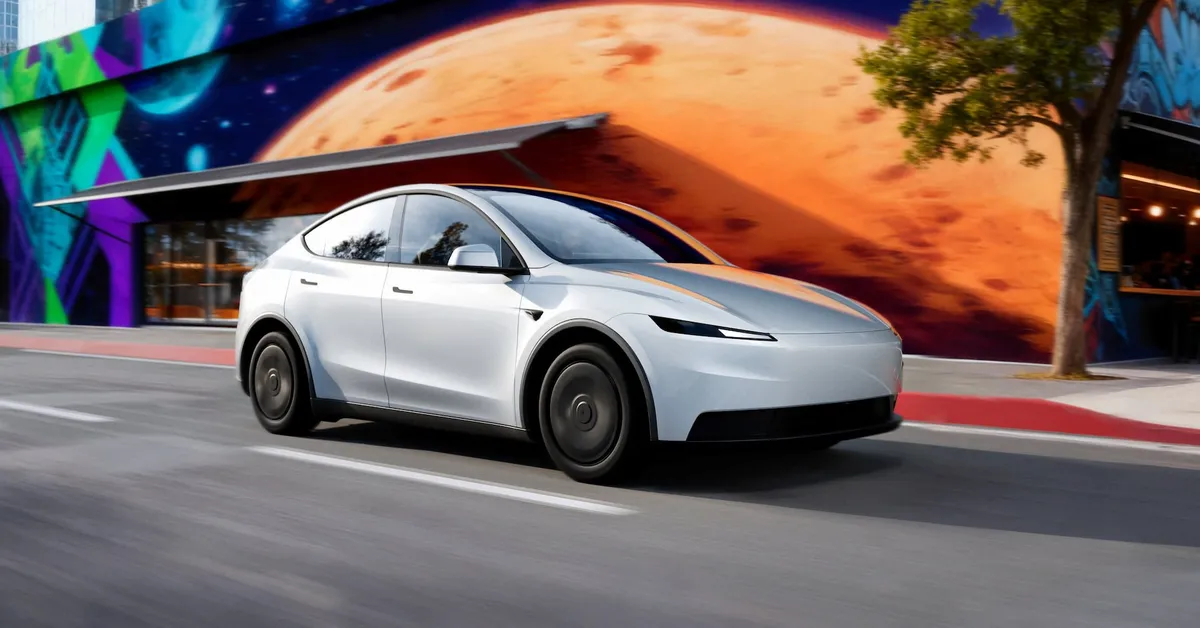
In its latest earnings report, Tesla has revealed financial results that fell short of analysts' expectations. Despite the electric vehicle maker reporting a total revenue of $28.1 billion for the third quarter ending September 30, this figure was accompanied by a profit per share of 50 cents, which was below the anticipated 55 cents. This disappointing performance can be attributed to a combination of factors, including rising tariff and research costs, along with a notable decline in income from regulatory credits.
The decrease in regulatory credits, which plummeted to $417 million compared to $739 million in the same quarter last year, has significantly impacted Tesla's profitability. Regulatory credits had previously served as a crucial revenue stream for the company. The recent legislation passed by the Trump administration is expected to exacerbate this trend, making it increasingly difficult for Tesla to rely on these credits for financial stability.
Additionally, Tesla's Chief Financial Officer, Vaibhav Taneja, reported that tariffs imposed on auto-parts imports have cost the company over $400 million in the last quarter alone. This combination of declining regulatory credit income and increased costs due to tariffs has created a challenging financial landscape for Tesla.
Furthermore, Tesla experienced a 50% increase in operating expenses, driven largely by investments in artificial intelligence and other research and development initiatives. On an earnings conference call, Taneja indicated that capital expenditures are expected to rise substantially by 2026, further straining the company's financial resources.
Despite these challenges, financial analysts believe that Tesla's future prospects still hold potential. Shawn Campbell from Camelthorn Investments noted that while this earnings report may not change opinions about Tesla, the company continues to balance good and bad news to maintain investor interest.
To address the anticipated drop in demand for its vehicles, Tesla has recently introduced lower-cost Standard variants of its popular Model Y and Model 3 vehicles. These new versions come with a price reduction of approximately $5,000 to $5,500, but they also eliminate many premium and basic features. While these changes are aimed at increasing sales volume, analysts caution that the reductions in selling prices may compress margins significantly.
Looking ahead, Tesla is on track to begin volume production of its highly anticipated Cybercab robotaxi, Semi truck, and Megapack 3 battery in 2026. The company’s energy division has also shown promising growth, with an 81% increase in storage deployment reported for the quarter. CEO Elon Musk confirmed that the production of the humanoid robot, Optimus, is expected to commence by late 2026.
In addition to these developments, Tesla announced a limited rollout of its self-driving robotaxi service in Austin, Texas, and Musk expressed confidence that robotaxis will operate without safety drivers in many areas by the end of the year. He envisions Tesla robotaxis serving approximately half of the U.S. population by year-end.
However, challenges loom on the horizon. Wall Street analysts predict a 8.5% decline in Tesla's deliveries in 2025 due to the expiration of tax credits, reliance on older vehicle models, and escalating competition in the electric vehicle market. Additionally, Musk's political stance may have alienated some potential buyers, further complicating the company's sales strategy.
Despite these hurdles, investor sentiment remains largely optimistic. Nancy Tengler, CEO and chief investment officer of Laffer Tengler Investments, emphasized her confidence in Tesla's long-term potential, stating, "I'm less concerned about the next quarter. It's messy, it's hard, it's trial-and-error... But this is a CEO who is determined."
As Tesla navigates these financial challenges and strives to innovate within the electric vehicle industry, the coming months will be critical in determining its trajectory.